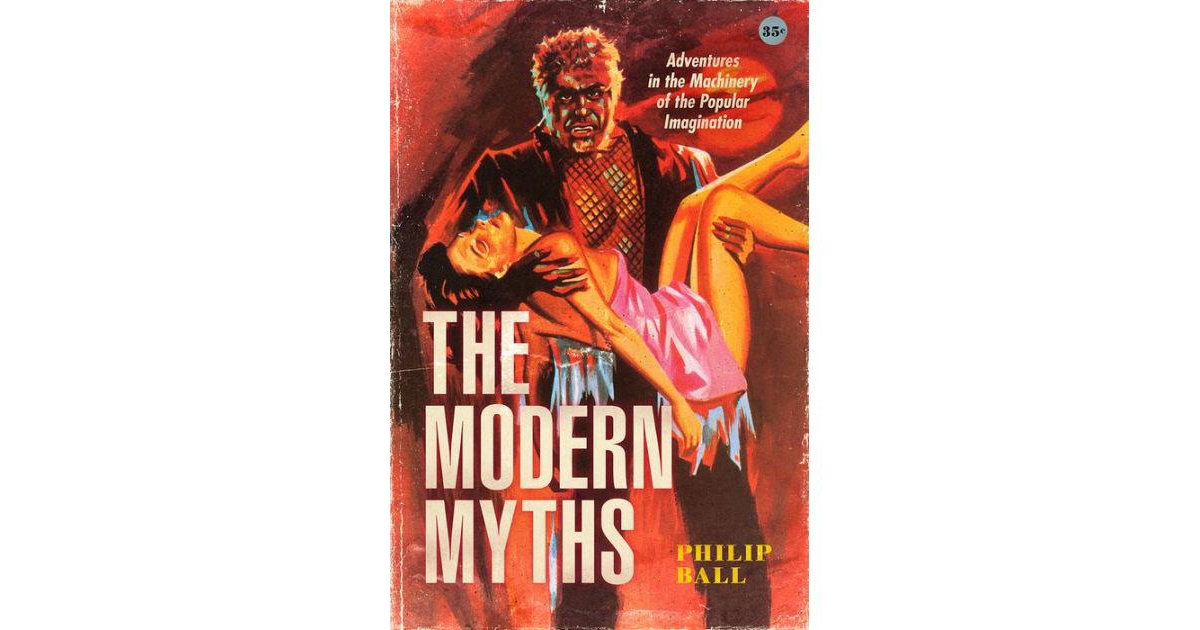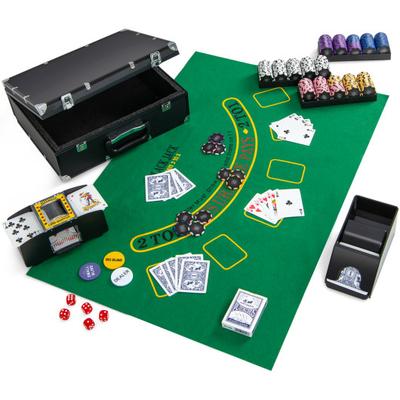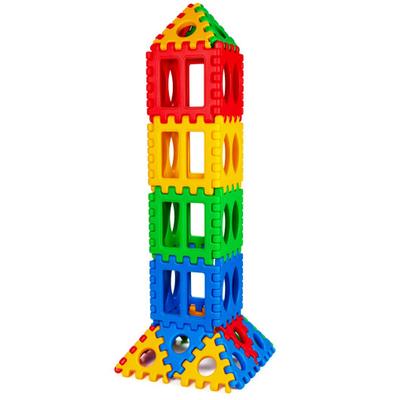With The modern myths, brilliant science communicator Philip Ball spins a new yarn. From novels and comic books to B-movies, it is an epic exploration of literature, new media and technology, the nature of storytelling, and the making and meaning of our most important tales. Myths are usually seen as stories from the depths of time-fun and fantastical, but no longer believed by anyone. Yet, as Philip Ball shows, we are still writing them-and still living them-today. From Robinson Crusoe and Frankenstein to Batman, many stories written in the past few centuries are commonly, perhaps glibly, called modern myths. But Ball argues that we should take that idea seriously. Our stories of Dracula, Dr. Jekyll and Mr. Hyde, and Sherlock Holmes are doing the kind of cultural work that the ancient myths once did. Through the medium of narratives that all of us know in their basic outline and which have no clear moral or resolution, these modern myths explore some of our deepest fears, dreams, and anxieties. We keep returning to these tales, reinventing them endlessly for new uses.











